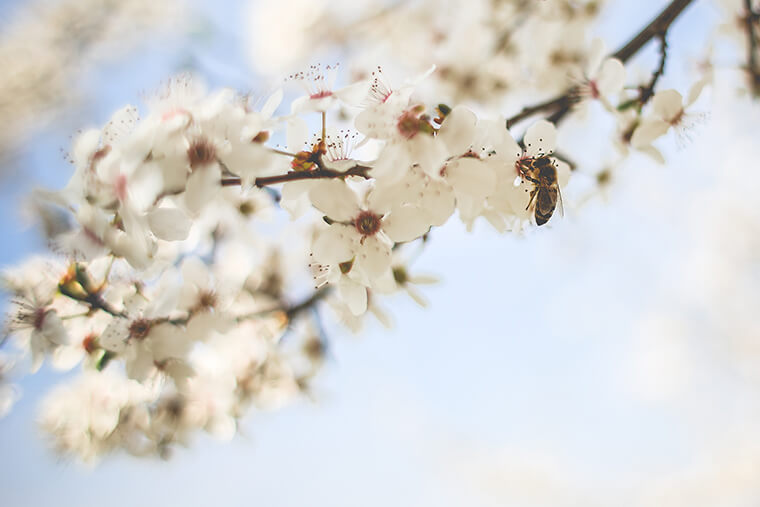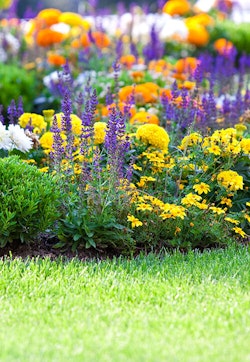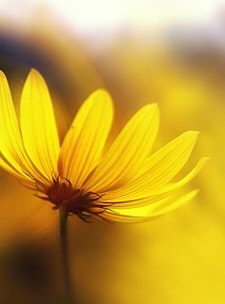 Back to the Be Inspired Blog
Back to the Be Inspired Blog

Surprising Pollinators What You Need To Know
In the gardening community you can hear a lot about pollinators, most specifically bees and butterflies; but what else pollinates?
According to Growing in a Green World, “Pollinators are vital to creating and maintaining the habitats and ecosystems many animals rely on for food and shelter. Worldwide, over half the diet of fats and oils come from crops pollinated by animals. They facilitate the reproduction in 90% of the world’s flowering plants.”

Keep reading for surprising sources of pollinators and how you can learn to create your own habitat.
Surprising Pollinators
Besides the birds and the bees, what else pollinates plants? Check out a few interesting pollinators from Mom.Me that might be surprising:
Bats
- Bats take the night shift when it comes to pollinators; they are important pollinators of cacti and agave in deserts, and of all manner of vegetation in rain forests. They are also responsible for cashews, bananas, peaches and more.
Rodents
- Certain species of protea plants’ flowers, like "sugarbushes," are uniquely qualified for pollination by rodents like spiny mice. Birds reject sugarbush nectar because it contains too much of a sugar called xylose, which spiny mice are able to digest.
Non-Animal Pollinators
Here are two unique sources of pollinators from the Canada Agriculture and Food Museum:
Wind
- Plants that rely on the wind to pollinate from one to another have less color, are unscented flowers and do not produce nectar. The stamens and pistils of these plants are often long and their pollen is usually lighter in weight than other plant pollen.
Water
- A small number of plants, particularly those in rivers and streams, are pollinated by water flowing over them.

Working with Pollinators
What are you doing this weekend (March 17 & 18, 2018)? We are hosting a free 30-minute class where we will show you which plants attract birds, bees, hummingbirds and butterflies so that you can create your own pollinator habitat. Visit our events page to find a class that works best for you in Cupertino, Campbell or Palo Alto.
If you have any questions about creating a habitat that attracts pollinators, or want to learn more about the subject, visit your local SummerWinds Nursery for more information.

